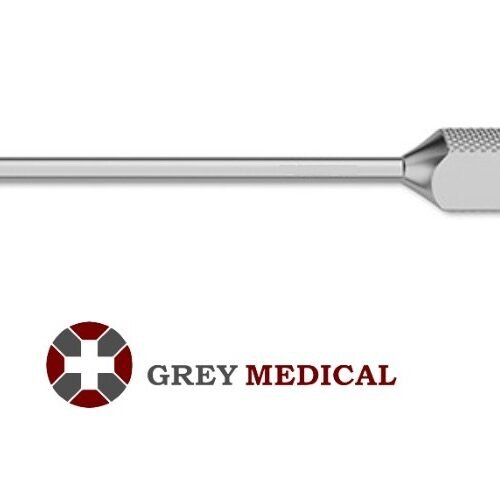Heparin is a widely used anticoagulant in both hospital and outpatient settings. Administered to prevent blood clot formation or to treat existing clots, it is a life-saving medication in conditions such as deep vein thrombosis, pulmonary embolism, and during certain surgical procedures. However, the administration of heparin requires precision, not only in dosage but also in the choice of the appropriate needle size. The heparin needle size of the needle plays a critical role in ensuring effective delivery of the medication, minimizing discomfort for the patient, and reducing the risk of complications.
Subcutaneous Administration of Heparin
The most common route for administering heparin is subcutaneous injection. This method is preferred because it allows for a slower, sustained release of the medication into the bloodstream. The appropriate needle size for subcutaneous heparin injections is typically between 25 and 27 gauge, with a needle length ranging from 3/8 to 5/8 inch. These smaller needles are ideal for penetrating the subcutaneous fatty tissue without reaching the underlying muscle, ensuring that the medication is delivered to the intended site.
The abdomen is the most commonly chosen site for subcutaneous heparin injections due to the availability of fatty tissue and ease of access. Proper technique is crucial; the needle should be inserted at a 90-degree angle for patients with adequate subcutaneous tissue and at a 45-degree angle for thinner patients. Selecting the right needle size and angle not only reduces pain but also minimizes the risk of bruising or hematoma formation, common side effects of heparin injections.
Intravenous Administration of Heparin
In some cases, heparin is administered intravenously, either as a bolus injection or through continuous infusion. This method is often used in emergency situations, such as acute coronary syndromes or when immediate anticoagulation is required. For intravenous administration, a larger needle gauge, typically between 20 and 22, is recommended. The needle length for IV heparin is generally 1 to 1.5 inches to ensure proper access to the vein.
The choice of needle size for intravenous heparin is influenced by several factors, including the patient’s vein size, the rate of infusion, and the type of intravenous line being used. A larger gauge needle ensures adequate flow and reduces the risk of clotting within the line, which is particularly important when administering anticoagulants. Proper technique and careful monitoring are essential to prevent complications such as infiltration or thrombophlebitis.
Factors Influencing Needle Selection
The selection of needle size for heparin administration depends on several patient-specific factors, including age, body composition, and clinical condition. Pediatric patients or those with low body mass may require smaller needles to ensure comfort and accuracy. Conversely, patients with larger body mass or deeper subcutaneous tissue may need slightly longer needles to reach the appropriate injection site. Adhering to institutional protocols and the prescribing physician’s guidelines is critical to ensuring safe and effective treatment.
Ensuring Patient Comfort and Safety
Administering heparin is not without its challenges, particularly due to its association with bruising, bleeding, and discomfort at the injection site. Using the correct needle size, coupled with proper injection techniques, significantly reduces these risks. For subcutaneous injections, avoiding areas near the umbilicus and rotating injection sites can further minimize complications. Intravenous administration requires vigilance to ensure that the line remains patent and free of clots, which could interfere with the medication’s efficacy.
Conclusion
The choice of needle size for heparin administration is a seemingly simple yet critical aspect of delivering this essential anticoagulant safely and effectively. Whether administered subcutaneously or intravenously, the right needle ensures accurate delivery, reduces patient discomfort, and minimizes the risk of complications. By carefully considering factors such as route of administration, patient anatomy, and clinical guidelines, healthcare providers can optimize the outcomes of heparin therapy and enhance patient care.





Comments